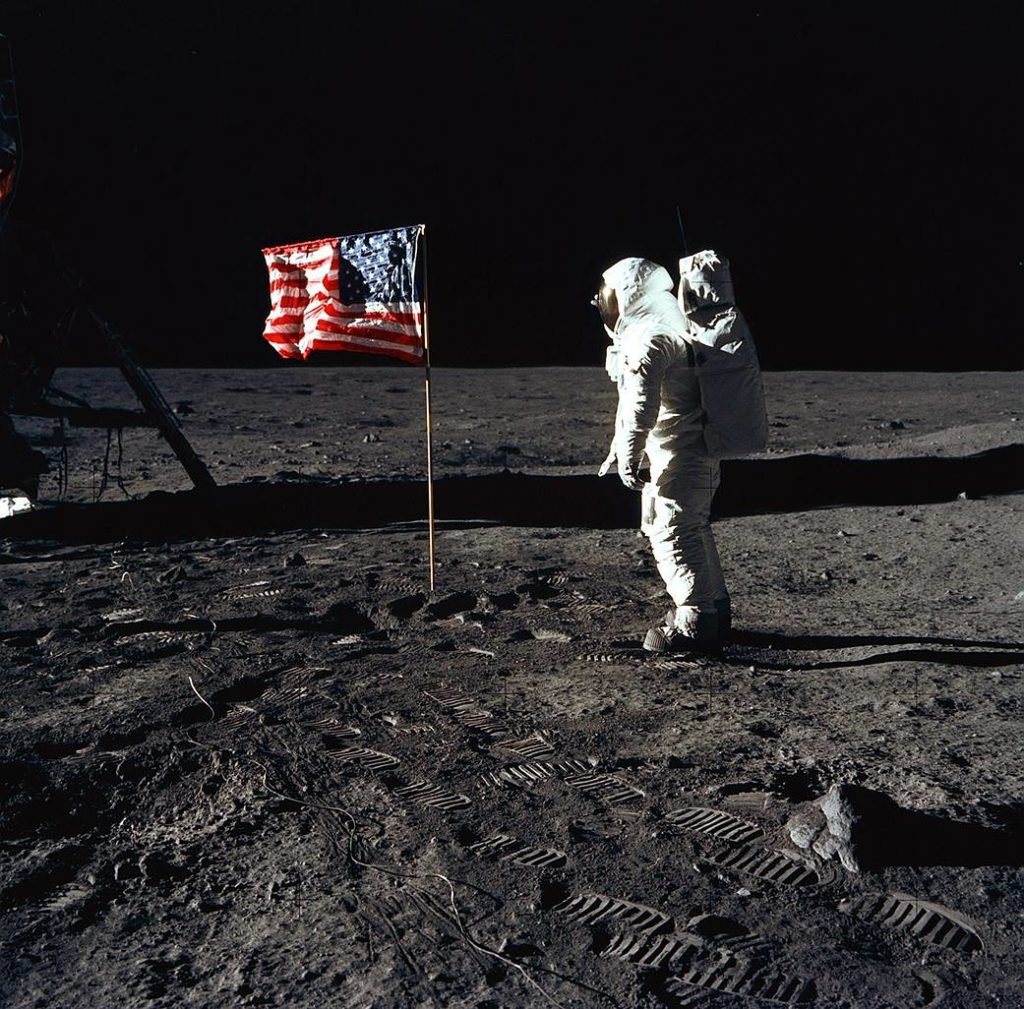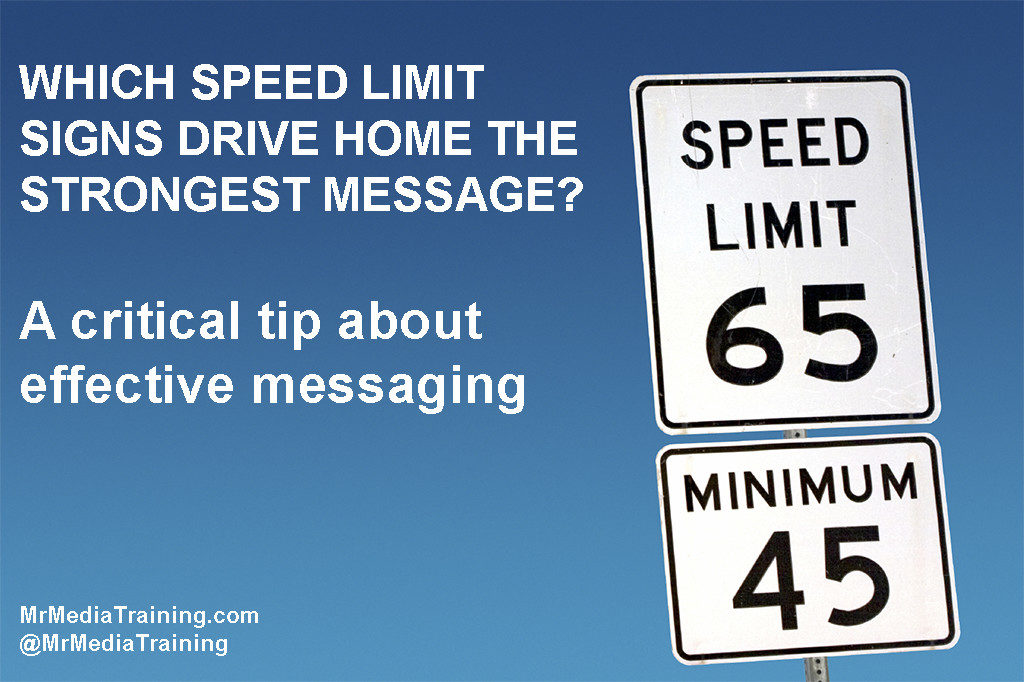Don’t Use Numbers – Use Social Statistics
This is the fifth in a seven-part series that will teach you how to create effective and memorable media messages.
Five million Americans have Alzheimer’s disease.
Did that number immediately make you think, “Wow?” Did it evoke a specific image of how many people “five million” represents?
If you’re like most people, probably not.
Instead, imagine you are giving an interview to a Boston radio station and citing the statistic this way:
“Fenway Park seats 37,000 people. It would take 135 Fenway Parks packed with people to hold every American with Alzheimer’s disease. That’s five million people in total. Now, think about the family members caring for that patient. It would take almost 600 Fenway parks, packed with people, to hold all the patients and family members affected by Alzheimer’s disease.”
For most people, that statistic is more powerful, because it evokes a specific image and produces that desired “wow” response.
Social statistics are intended to do exactly that – to take raw, unfeeling numbers and shape them into something that elicits a powerful reaction.
Social statistics can take many forms. Here are a few examples:
- DISTANCE: Instead of saying New Yorkers use more than one million plastic bags each day, say, “If we laid the number of plastic bags New Yorkers use every day side-by-side, they would stretch from New York to Beijing – and back.”
- COST: Instead of saying a certain tax cut would save American taxpayers $100 billion this year, say the average family of four would receive $1,300 in tax relief (dividing numbers into the smallest sum – per person or per family – often has more impact than an overall number).
- LAND AREA: Instead of saying a new protected area in the Brazilian rainforest would comprise 4,700 square miles, say it’s about the size of Los Angeles.
For each of your messages, think of two pieces of raw data that support each point. Then turn those raw numbers into the social statistics that bring your data to life.
In Part Six of this series, you will learn how to develop sizzling sound bites.



Brad, I totally get the value in humanizing those statistics. Where I’m challenges is finding ways to make a boring stat a social statistic? Do you need to be a math wiz or something? For example, I’d be pretty hard pressed to come up with that New York bag use stat, unless they’re hidden somewhere on Google?
Still a great post, Brad, even for the math-challenged like me!
Michelle
Michelle – Thanks for leaving the comment. I empathize – I look at numbers about 18 times before I’m finally confident that I’ve gotten them right! Unfortunately, I haven’t seen much on Google, so you’ll probably have to come up with something original.
The encouraging news is that this is as much a creative exercise as a mathematical one – before worrying about the math, try to think about the “thing” you’d like to use as a comparison. If you know that every man, woman, and child in the United States owes an average of $12,000 in the national debt, for example, you can compare it to the price of a new Chevy Cobalt. (I made that up – they’re not accurate numbers – but it serves as a good example).
If you’d like, I’d be happy to help you come up with a social statistic, and would only ask we do it here on the blog so other people can benefit from it as well!
Thanks again,
Brad
Hi, Brad. I agree that social statistics are more memorable. But, as a listener, I want the hard number, too.
When a speaker says, “It’s the size of Kansas City,” I wonder “Kansas City, Missouri, proper,” “Kansas City Statistical Metropolitan Area,” or what?
“It’s 183 football fields laid end to end.” Well, is that 183×100 yds, or 183 x 120 yds (if you include the end zones)?
Granted, most of the time, who cares? As I’m sure you know, 62.4% of statistics are just made up on the spot. (LOL) If though, I am an interested listener, then I want the hard number.
And, I would think, the speaker should be prepared to give me the hard number.
Thanks!
David –
Thank you for your comment. You make an excellent point, and I agree. Social statistics are the best way to make a number stick, but the hard number can be valuable in boosting credibility with certain audiences. For example, I often speak to physician’s groups. Believe me when I tell you I wouldn’t survive the talks without using hard numbers!
Thanks for commenting,
Brad